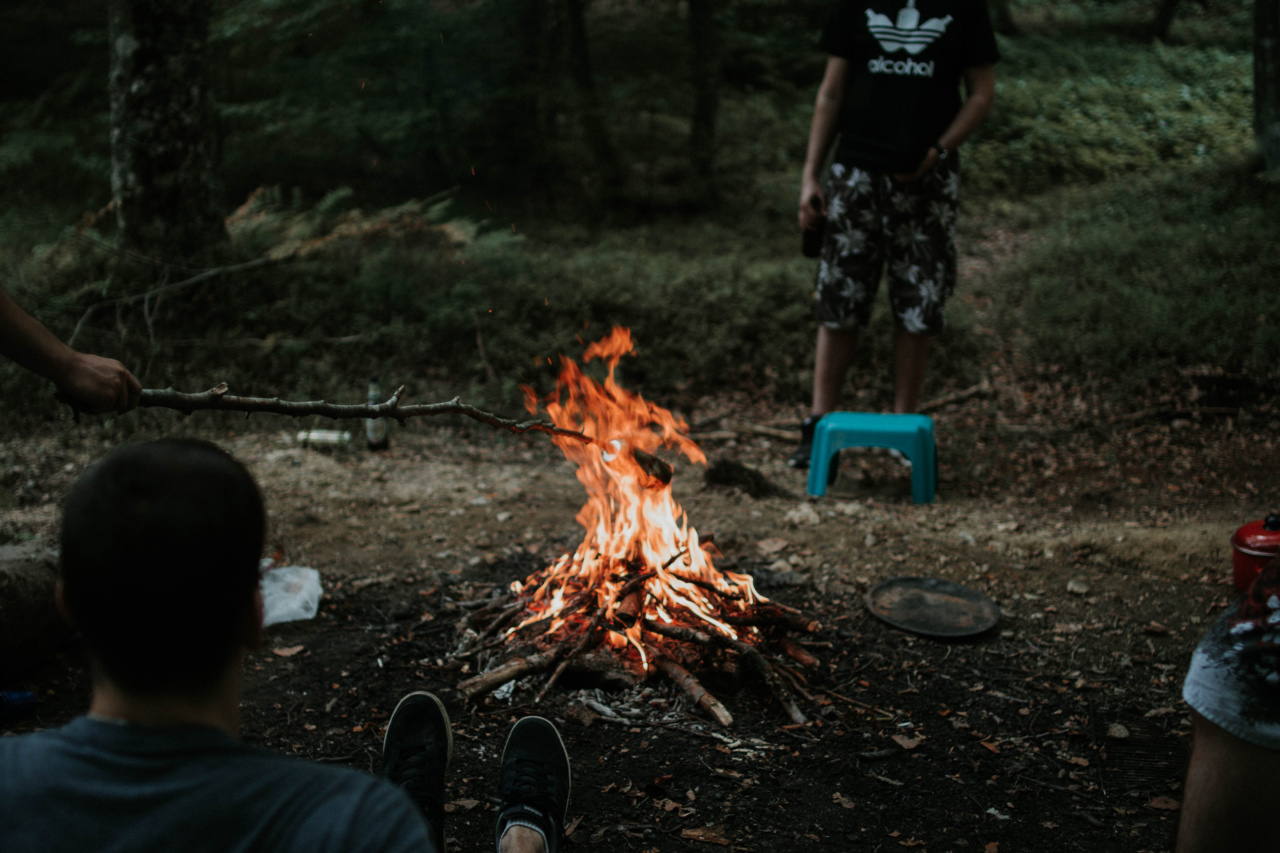When it comes to cooking, ensuring that food is thoroughly cooked is crucial not only for taste but also for health reasons. Undercooking certain foods can lead to several risks, ranging from bacterial infections to nutrient deficiencies.
In this article, we will explore the potential dangers of undercooking three common foods and provide tips on how to cook them to perfection.
The Risk of Undercooking Chicken
Chicken is a popular protein choice for many cuisines, but it is essential to cook it properly to avoid foodborne illnesses.
Undercooked chicken can harbor harmful bacteria such as Salmonella and Campylobacter, which can cause symptoms like diarrhea, cramps, and vomiting. In severe cases, these infections can even lead to hospitalization.
To ensure that chicken is safe to consume, it is essential to cook it until the internal temperature reaches 165°F (74°C). Using a meat thermometer can help you accurately measure the temperature and avoid any guesswork.
Also, ensure that there is no pinkness in the center of the meat and that the juices run clear.
The Importance of Cooking Ground Beef Thoroughly
Ground beef is a versatile ingredient used in various dishes, from burgers to meatballs. However, undercooking ground beef can pose significant risks. It can contain bacteria like E.
coli, which can cause severe gastrointestinal symptoms, including bloody diarrhea. In some cases, E. coli infections can even lead to kidney failure.
When cooking ground beef, it is crucial to reach an internal temperature of 160°F (71°C). As with chicken, using a meat thermometer is the best way to ensure accuracy. Avoid eating ground beef that is still pink in the middle or has a soft texture.
Properly cooked ground beef should have a uniform brown color throughout.
The Danger of Eating Rare or Undercooked Seafood
Seafood, such as fish and shellfish, is a delicacy enjoyed by many. However, consuming undercooked or raw seafood can lead to various health risks.
Some species of fish and shellfish can contain parasites, bacteria, or viruses that can cause food poisoning or infections.
For fish, it is recommended to cook it until it reaches an internal temperature of 145°F (63°C). The flesh should be opaque and flaky, easily separating with a fork. When it comes to shellfish, it is essential to cook them until their shells open.
Discard any shellfish that do not open during cooking, as this indicates that they might be unsafe to eat.
Other Risks Associated with Undercooking
While the risks mentioned above are some of the most well-known dangers of undercooking, it is essential to be cautious with other foods as well. Here are a few additional risks to consider:.
1. Pork:
Pork should also be cooked thoroughly to prevent infections caused by bacteria like Salmonella and E. coli. The recommended internal temperature for pork is 145°F (63°C).
2. Eggs:
Consuming undercooked eggs can result in Salmonella infections. When making recipes that call for raw or partially cooked eggs, such as homemade mayonnaise or Caesar dressing, it is safer to use pasteurized eggs.
3. Rice:
Undercooked rice can contain spores of Bacillus cereus, a bacteria that can cause food poisoning. Make sure to cook rice until it is steaming hot throughout, and avoid leaving cooked rice at room temperature for an extended period.
4. Beans:
Uncooked or undercooked beans can contain toxins, such as lectins, that may cause digestive issues. To ensure their safety, soak beans overnight and cook them thoroughly before consuming.
5. Potatoes:
Raw or undercooked potatoes may contain solanine, a toxic compound that can cause headaches, nausea, and even paralysis. Ensure that potatoes are completely cooked before eating.
How to Safely Cook Foods
Properly cooking food is essential for minimizing the risks associated with undercooking. Here are some tips to help you cook your food safely:.
1. Use a Food Thermometer:
Invest in a reliable food thermometer to accurately measure the internal temperature of your cooked dishes. This will ensure that you reach the appropriate temperatures necessary to kill any harmful bacteria.
2. Follow Recipe Guidelines:
Pay attention to cooking times and temperatures specified in recipes. These guidelines are often based on food safety standards and can help you cook your food thoroughly.
3. Avoid Cross-Contamination:
Prevent the spread of bacteria by using separate cutting boards and utensils for raw and cooked foods. Wash your hands thoroughly after handling raw meat or seafood.
4. Learn Proper Thawing Techniques:
Thaw frozen foods in the refrigerator or in cold water, never at room temperature. This helps avoid the growth of bacteria that can occur when foods are left in the temperature danger zone (40°F-140°F or 4°C-60°C).
5. Use Pasteurized Products:
When recipes call for raw or partially cooked eggs, consider using pasteurized eggs to minimize the risk of Salmonella infections.
Conclusion
Undercooking food poses several risks, ranging from food poisoning to nutrient deficiencies.
By understanding the potential dangers associated with undercooked foods and following proper cooking guidelines, you can ensure food safety for yourself and your loved ones. Remember to use a food thermometer, follow recipe guidelines, and prevent cross-contamination to cook with caution and enjoy delicious and safe meals.



























